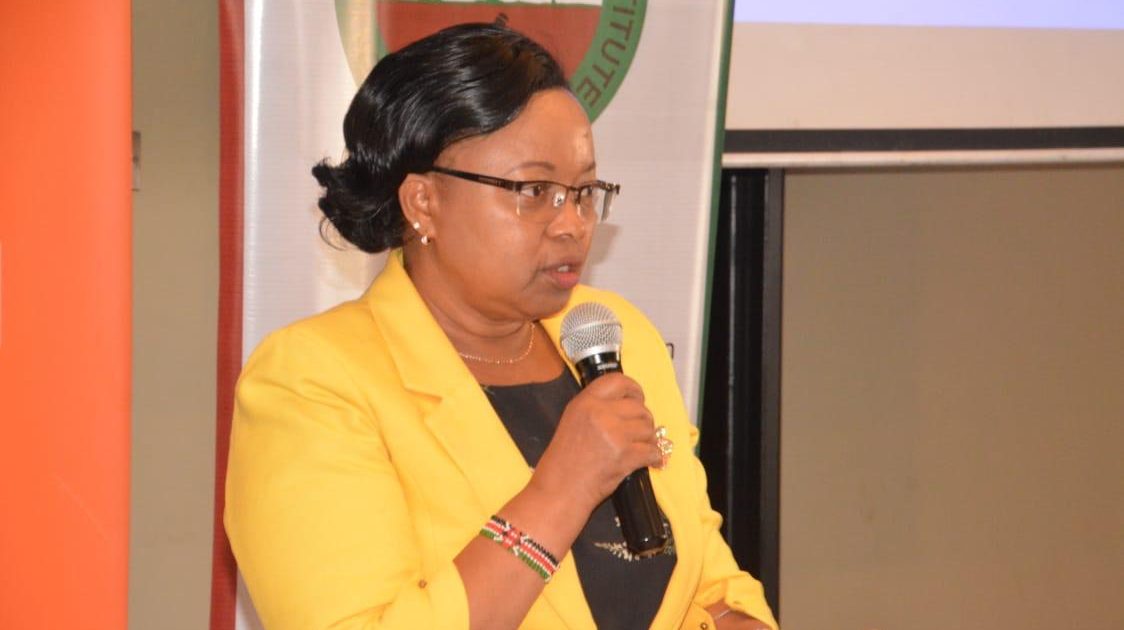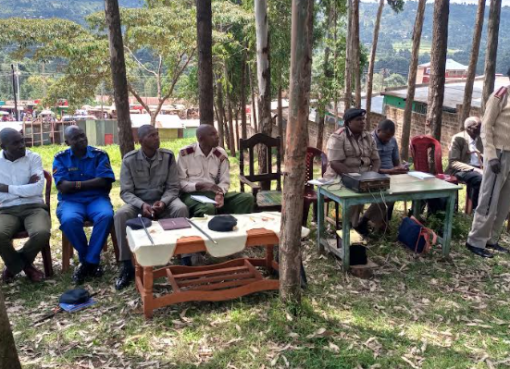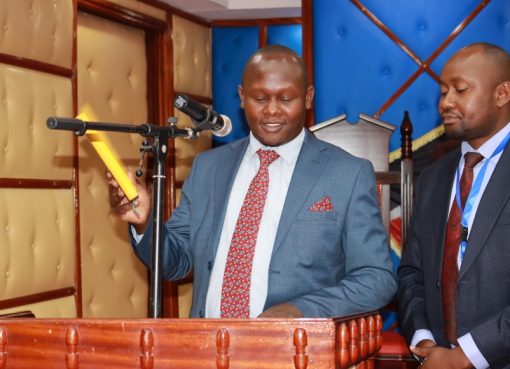Players in the environmental space from Kenya and Australia inaugurated the “Re-Greening for the Future” project—an ambitious initiative aimed at integrating climate change adaptation pathways into community-led re-greening efforts across Kenya.
The project, funded by the Australian Centre for International Agricultural Research (ACIAR), brings together a dynamic coalition of partners, including World Vision Kenya and Australia, the International Centre for Research in Agroforestry (ICRAF), the United Nations University, the Kenya Forestry Research Institute (KEFRI), and the University of Nairobi, among other environmental enthusiasts.
The launch event in Nairobi was graced by high-ranking officials, including Kenya Forestry Research Institute Director Dr. Jane Njuguna and the Deputy Australian High Commissioner Mr. Christopher Ellinger, highlighting the longstanding partnership between Kenya and Australia in tackling climate-related challenges.
Kenya holds a landmass of 58 million hectares and 61 percent of this mass stands degraded, with 21 percent being extremely degraded. The launch of this initiative is set to tackle this problem and improve Kenya’s green landscape with a goal of restoring 12.6 million hectares of the lost land.
Ambassador Christopher Ellinger reinforced their commitment to supporting climate-responsive agriculture, acknowledging that the project is part of a broader partnership between Australia and Africa aimed at bolstering food security and sustainable land management.
Also speaking at the event, Dr Jane Njuguna credited the county government mentioning that it has prioritised adaptation action plans and strategies based on the participatory climate risk assessment response to assess financially locally led climate action.
She also called everyone to action, stressing accountability and adaptability and rallying, “Let action speak louder than words.”
Dr. Njuguna urged partners to stay flexible and responsive as they restore Kenya’s green landscape.
Further, the Director highlighted some of the adaptation interventions that the project will ride on, including promotion of green value chains, landscape restoration, and improvement of livelihood and resilience to climate change.
The Director of the Institute for Climate Change and Adaptation at the University of Nairobi, Professor Dan Olago emphasized the project’s alignment with Kenya’s national goal of planting 15 billion trees by 2032 as part of the country’s strategy to combat climate change and land degradation.
“This project fits seamlessly within our university’s mission of promoting sustainable development through research, innovation, and community service,” he said.
In the meantime, the “Re-Greening for the Future” initiative will initially focus on implementing climate-smart agroforestry practices in two counties, with plans to scale to two more.
Stakeholders stressed the importance of community involvement, with Sarah McKenzie from World Vision, an Australian Commissioned Organisation, declaring, “The real champions of this project will be the communities we partner with. They will lead the way, building on their existing skills and wisdom in re-greening.”
One of the project’s key goals is to co-create climate adaptation pathways with local communities, a strategy that ensures solutions are not only scientifically sound but also rooted in local knowledge and traditions.
Dr. Werners Saskia from the United Nations University noted the importance of collaboration, stating that friendship and trust are at the core of this initiative. She also added that it’s about building resilient landscapes and even more argyle relationships.
The “Re-Greening for the Future” project stands as a beacon of hope, not only for Kenya but for the broader East African region, promising to blend science, innovation, and community-driven action to tackle one of the most pressing issues of our time, climate change.
By Jesee Otieno and Clinton Ng’iela




